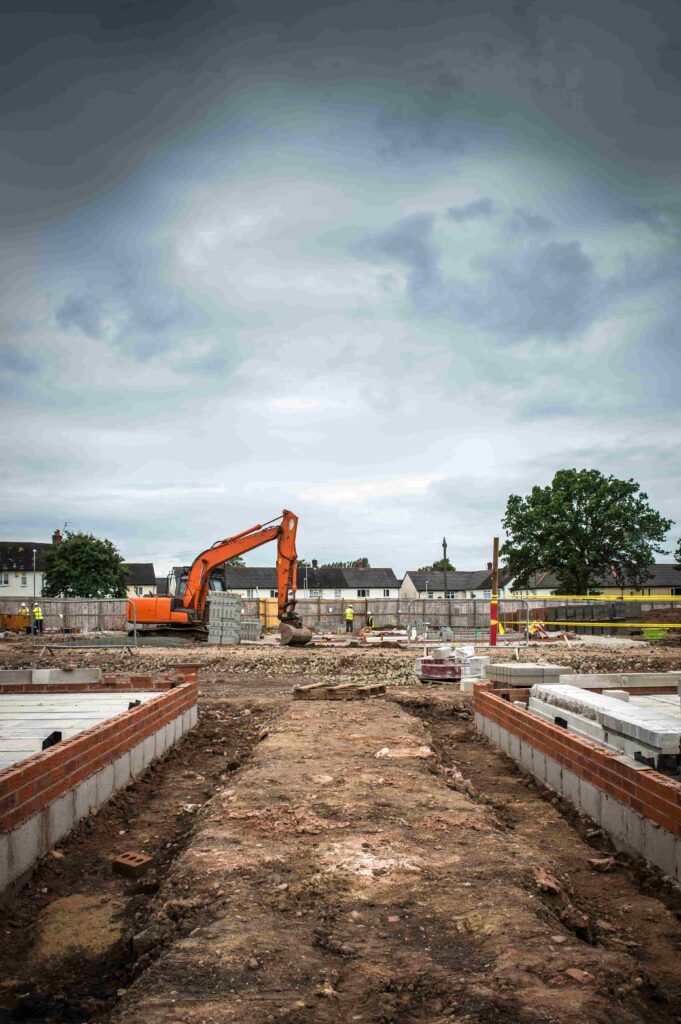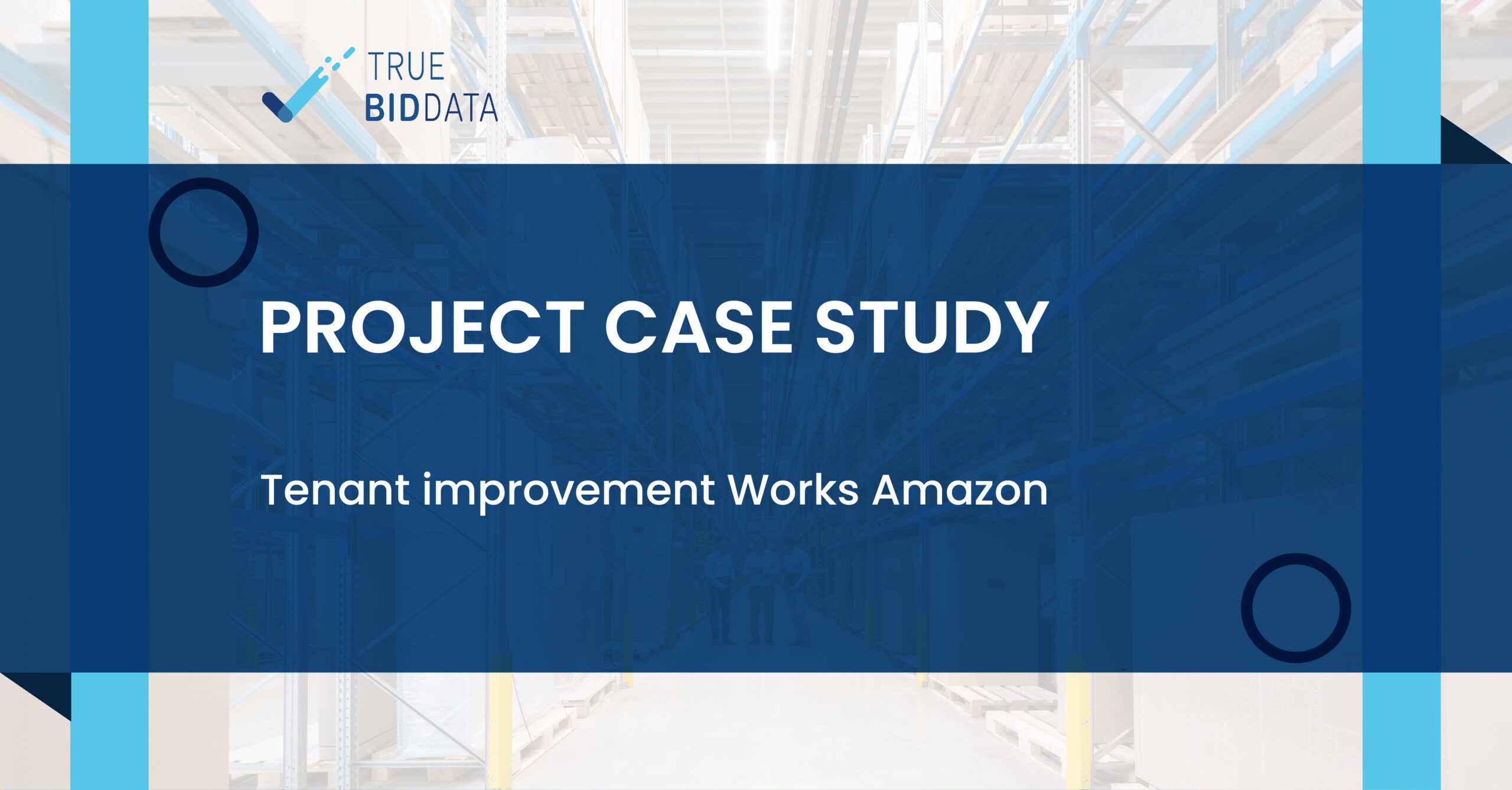
Before a single brick is laid, before steel rises into the skyline, construction starts with groundworks—the essential infrastructure beneath the surface. In a city like New York City, where space is tight, soil conditions vary block to block, and regulations are rigorous, accurate groundworks estimating is critical for keeping a project on time and on budget.
At True Bid Data, our data-first approach transforms ground-level uncertainty into project clarity, allowing general contractors, developers, and subcontractors across the USA to win more bids and avoid costly oversights.
What Does Groundworks Include in Estimating?
Groundworks form the enabling works that prepare a site for vertical construction. A detailed groundworks estimate usually includes:
- Site clearance: vegetation removal, debris, existing structure demolition
- Excavation and trenching: bulk earthworks, foundations, utilities
- Sub-base and grading: leveling, compaction, granular fills
- Underground utilities: drainage, water, electrical conduits
- Piling and retaining structures: when ground conditions require support
- Temporary works: fencing, erosion control, haul roads
- Backfilling and compaction
Each component requires accurate takeoff from drawings, which True Bid Data performs using digital estimating tools like PlanSwift. We break down quantities into cubic yards, square feet, or linear feet—ready for pricing by local crews or national suppliers.
Ground Conditions and Regional Complexity
Groundworks aren’t one-size-fits-all. In New York City, for example, a project in Manhattan might involve rock excavation using hoe rams, while another in Queens could require groundwater mitigation.
Our estimators factor in:
- Soil type and bearing capacity (from geotechnical reports)
- Rock layers or fill material
- Water table elevation
- Urban congestion and access constraints
- Depth and slope of utility trenches
We also recognize regional differences in cost—for example, importing clean fill or contaminated soil disposal in NYC has a premium due to strict landfill rules.
CSI Division Alignment for Groundworks
To ensure consistency in your bid packages or subcontractor scopes, all groundworks estimates are mapped to relevant CSI Divisions, typically:
- Division 02 – Existing Conditions (site clearing, demolition)
- Division 31 – Earthwork
- Division 32 – Exterior Improvements (paving, curbs, site concrete)
- Division 33 – Utilities (water, sewer, storm)
This structure aligns your estimating workflow with industry standards and allows seamless integration with higher-level project budgets or construction management platforms.
Labor and Equipment Cost Breakdown
In addition to materials, we calculate crew-based unit labor analysis for each task:
- Excavation: hourly rates for operators and laborers
- Compaction: cost of rollers, rammers, and crew time
- Utility trenching: cost per LF depending on depth and pipe size
- Backfill and grading: CY of material placed, spread, and compacted
Equipment types, mobilization costs, and production rates are factored in. For New York City, union labor rates and permit requirements are used to reflect real project constraints.
Integration with Project Budgeting and Scheduling
Groundworks can impact the schedule by weeks. That’s why our estimates not only support cost analysis but inform project budgeting, cash flow, and phase planning. We provide:
- Task-based breakdowns for cash flow forecasting
- Material delivery schedules (aggregate, piping, rebar, etc.)
- Lead time considerations for utilities or off-site disposal
- Suggestions for value engineering when applicable
This structured, data-driven approach allows project managers to spot risks early—before they hit the jobsite.
Groundworks Estimating for Rebid and VE Scenarios
In competitive bidding environments, particularly in New York City, contractors often face rebid scenarios or are asked to propose value engineering (VE) options. Our estimating process supports both by:
- Identifying areas of high unit cost (e.g., rock excavation or deep utility crossings)
- Recommending alternatives (e.g., precast structures vs. cast-in-place)
- Updating takeoffs quickly based on addenda or revised scope
Whether you’re rebidding a school site project in Brooklyn or an industrial lot in New Jersey, we help you stay responsive and competitive.
Digital Takeoffs Meet Real-World Execution
What sets True Bid Data apart is our use of analytics and precision measurement. Our takeoffs are not just line items—they’re data assets:
- Exported to Excel or estimating software
- Broken down by system, location, and phase
- Visualized with marked-up plans and quantity notes
- Auditable and ready for stakeholder review
For contractors in cities like New York City, where logistics and compliance are non-negotiable, this clarity is essential.
Your Groundworks Estimating Partner in New York City and Beyond
Groundworks are foundational—both literally and financially. Errors at this stage can trigger cascading delays and budget overruns. At True Bid Data, we deliver estimates that build confidence from the ground up.
Whether you’re preparing a logistics center in Chicago or a mixed-use tower in New York City, our estimating service ensures your sitework package is rock solid—on paper and in the field.
Visit True Bid Data to get started with data-backed groundworks takeoffs tailored to your region and project type.




